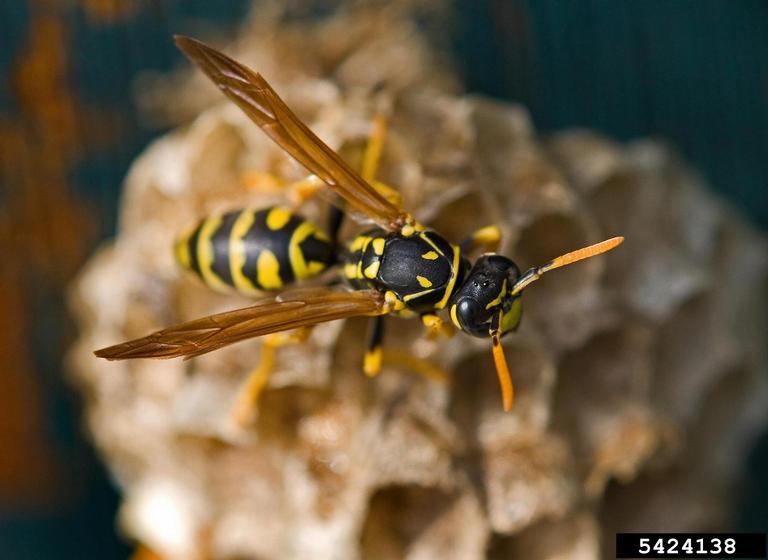The appeal of natural wood siding is hard to deny. Its beauty has highlighted many a new home.
In Georgia's humid climate, though, mold and mildew can turn wood's warmth and beauty to a dirty-looking, splotchy gray. Some people begin to wonder what they ever liked about wood.
But the wood's beauty doesn't have to be lost.
"Over time, all unfinished wood, exposed outside, will develop a soft gray patina because of ultraviolet light in sunlight," said Julian Beckwith, a wood products specialist with the University of Georgia Extension Service.
"That blotchy look that's so unattractive," he said, "is caused by mold and mildew that results from uneven wetting by rain and dew."
Keeping wood siding and decks looking like newly cut lumber forever is nearly impossible, he said.
Some clear finishes will slow the process of graying, and many contain preservatives which reduce mold and mildew growth.
"These finishes aren't very durable," Beckwith said. "They have to be reapplied every year or two."
Chemicals that block ultraviolet light are being added to newer clear finishes, making them a more attractive alternative than before, he said.
"But a good water-repellent preservative, especially one containing ultraviolet inhibitors, is probably the best thing available to date," he said.
Longer-lasting protection is available, though.
For a finish that can last as much as 10 years on rough-sawn siding, use two coats of a "semitransparent" (lightly pigmented) stain containing mildewcides and water-repellents, Beckwith said.
These stains come in attractive colors, some even providing the look of fresh-sawn lumber.
For long-lasting finishes on smooth siding, apply a paintable, water-repellent preservative first, he said. Then apply an acrylic latex primer and an acrylic latex or solid-color stain as a topcoat.
Over the life of siding finishes, he said, periodic washing with soap and water can greatly brighten their appearance.
If mold and mildew have accumulated, you may need to use a bleach solution to remove them.
"Besides restoring its beauty, a good cleaning can increase the life of the siding, too," Beckwith said.
The best cleaning solution for weathered, mildew-stained wood includes six to 10 tablespoons of trisodium phosphate and one cup of bleach in a gallon of water.
But Beckwith said common household detergents and bleach will work, too. If you use the latter, though, follow the instructions on the bleach label carefully -- mixing chlorine bleach with some cleaning agents can release poisonous chlorine gas.
After cleaning and bleaching, rinse the wood surface thoroughly and allow it to dry.
If you're applying a new finish, be sure to brush, scrape or sand any peeling or flaking old finish before you do, he said.
"Using the right finish and cleaning it from time to time should keep you from having to refinish it often," Beckwith said. "The pleasure of wood siding doesn't have to be a high-priced luxury."






